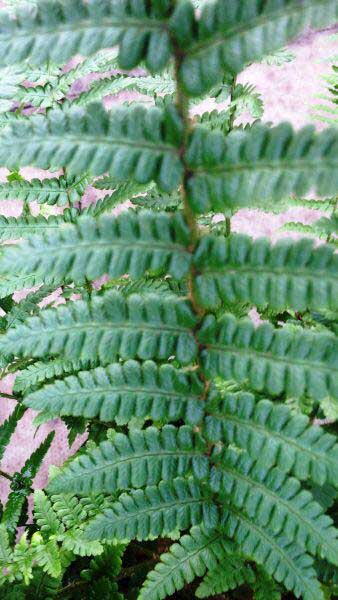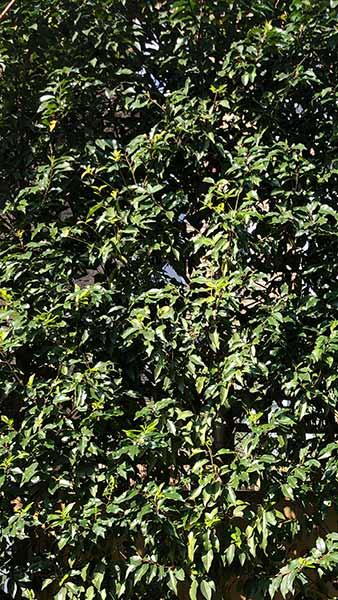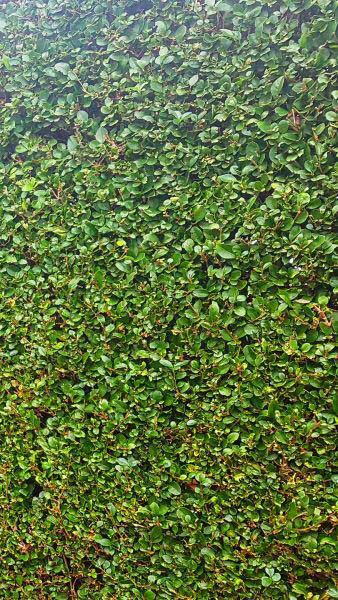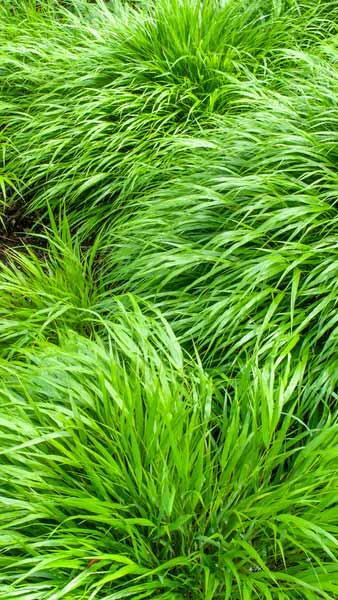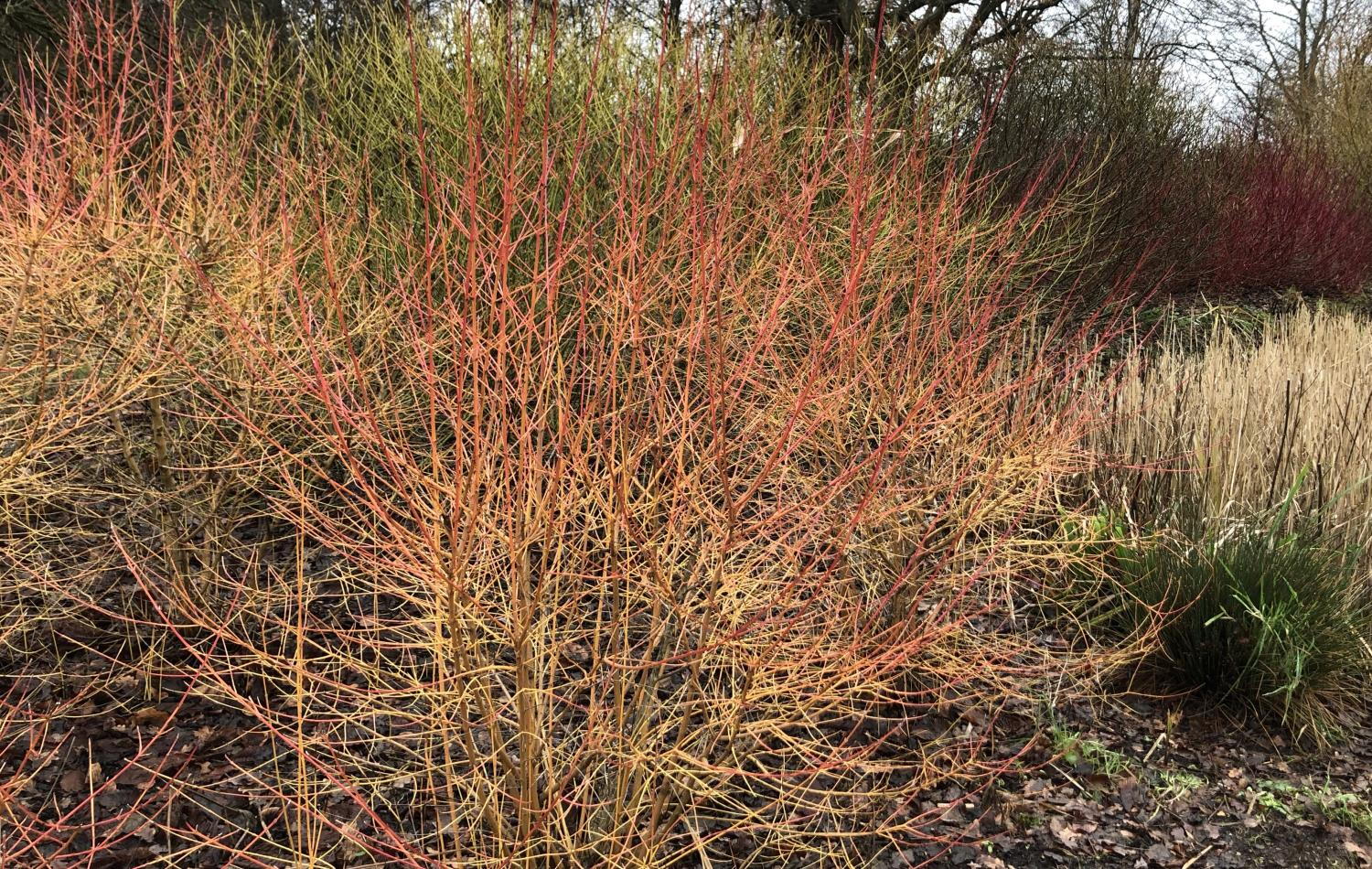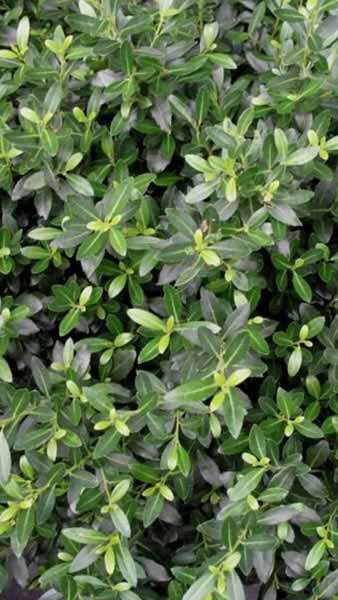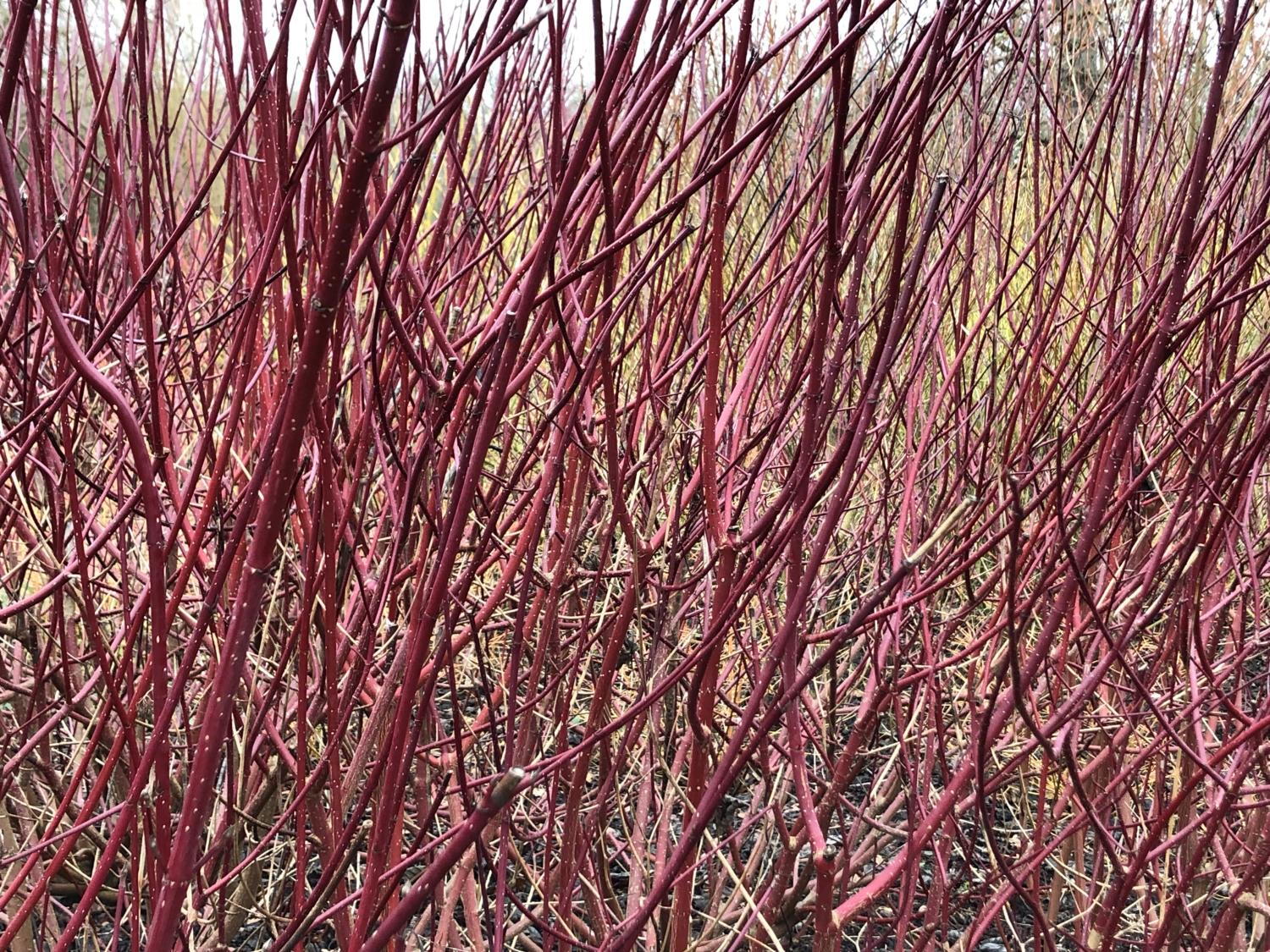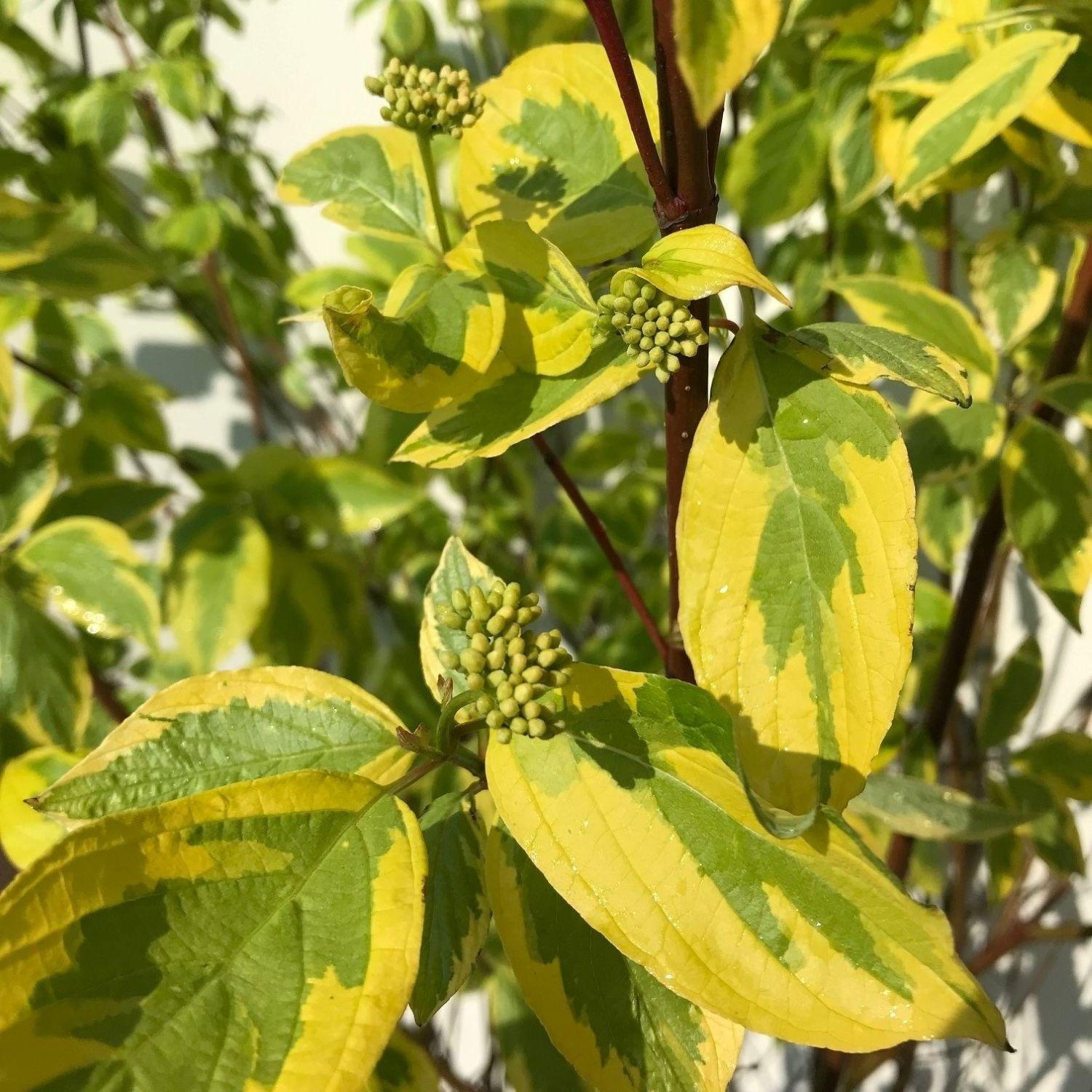Cornus Alba Gouchaultii Variegated Dogwood Tartarian Dogwood
Cornus Alba Gouchaultii also called Variegated Dogwood or Tartarian Dogwood, is an excellent landscaping shrub providing an attractive garden accent in all seasons! This hardy deciduous red barked dogwood has many striking features - variegated foliage with colours of lime green, golden yellow and red tips (when young); white spring flowers and bright red stems which become highly visible in winter. Native to central Asia, Cornus Alba Gouchaultii’s variegated leaves emerge in spring with a tinge of pink, maturing to a bright green centre edged with gold with splashes of pink. In late spring, its flat-topped clusters of small, yellow-white flowers appear, followed by ornamental white berries which will attract birds to your garden. After the leaves fall in autumn, the bright red stems of Tartarian Dogwood create a striking winter picture! Hardy in most parts of the UK, Variegated Dogwood will grow to a mature height of 2 metres and spread of 1.5 metres in 5 to 10 years. This vigorous grower responds very positively to pruning, as the best winter stem colour is obtained from newer growth. Cut one quarter of the stems back to the ground in early spring so that the new growth will shine in winter, while the older stems will flower and produce the decorative berries. If planting as an informal hedge or in a clump, space Tartarian Dogwood 90-150 cm apart. Cornus Alba Gouchaultii will thrive when planted in full or partial sun in moist, fertile chalk, loam or sand soil with an acid to neutral pH. It will do well in an exposed or sheltered position with any aspect. Tolerant of salt, Tartarian Dogwood is a good shrub for a coastal location, and its extremely high tolerance for pollution makes it ideal for city gardens. As well, being deer and rabbit resistant, it is well-suited to country gardens. Variegated Dogwood particularly lends itself well to mass plantings so that the winter show of its vivid red stems can make a big statement! Plant in a row as an informal hedge, or as part of a mixed hedge for variety. On a larger country property, a mass planting in a damp spot will be a magnet for pollinators and birds, as well as providing a stand-out display in an otherwise drab winter landscape. In a smaller garden, one specimen plant of Tartarian Dogwood will make a big impact all on its own, and can be easily pruned to maintain a manageable size.Cornus Alba Gouchaultii, with its hardiness and year-round ornamental value, is a great addition to your garden, whether it’s one specimen in the corner of a city garden or a mass planting on a country property! Other red barked dogwoods include Cornus Alba Aurea, Cornus Alba Sibirica Siberian Dogwood and Cornus Alba Elegantissima.
